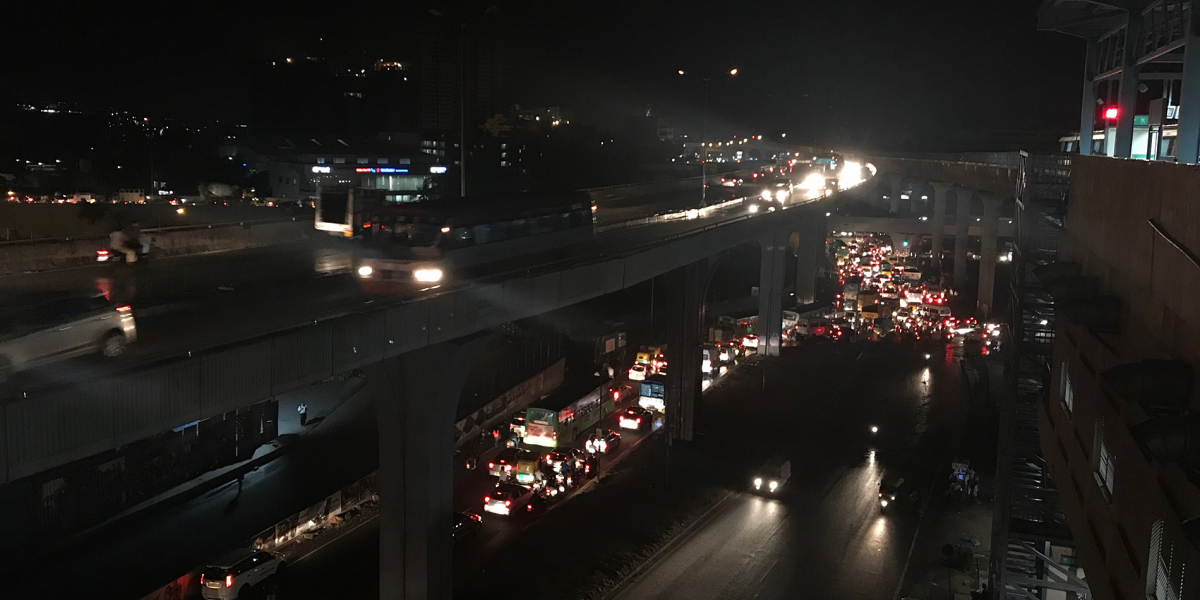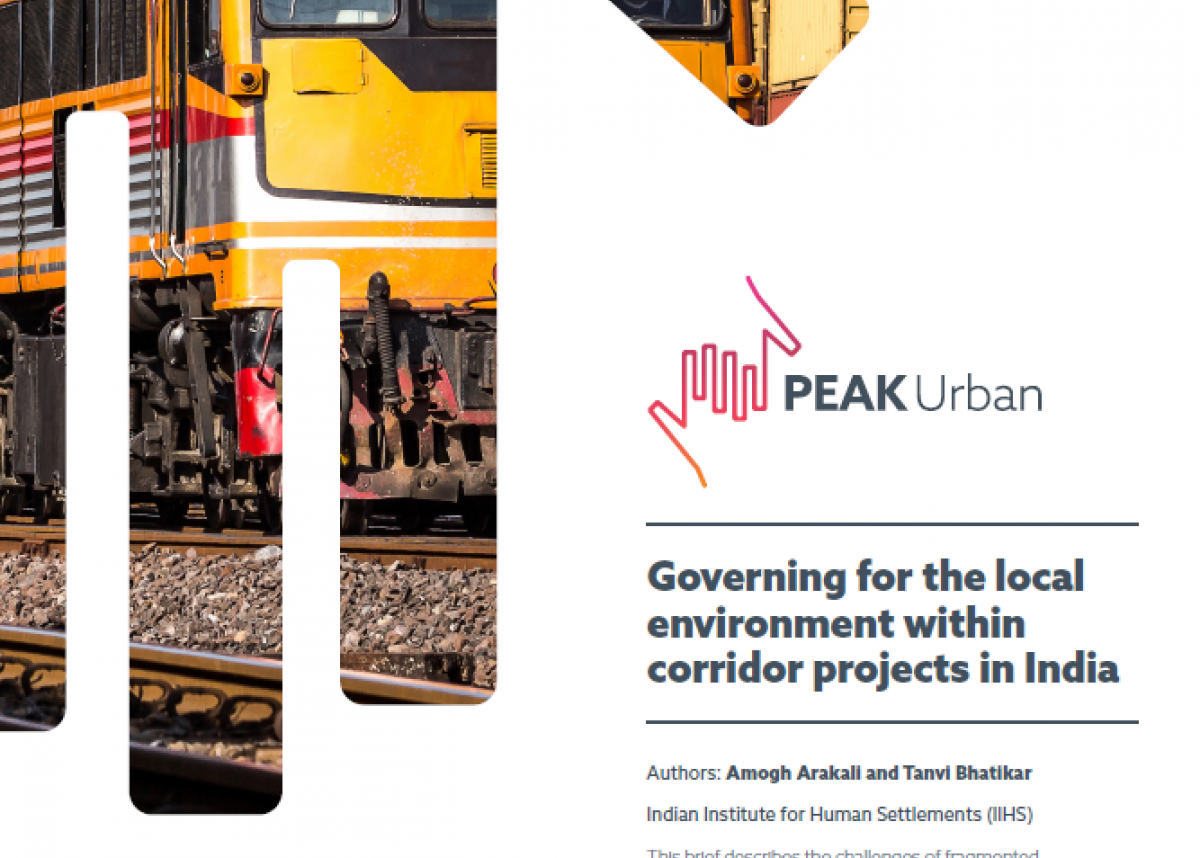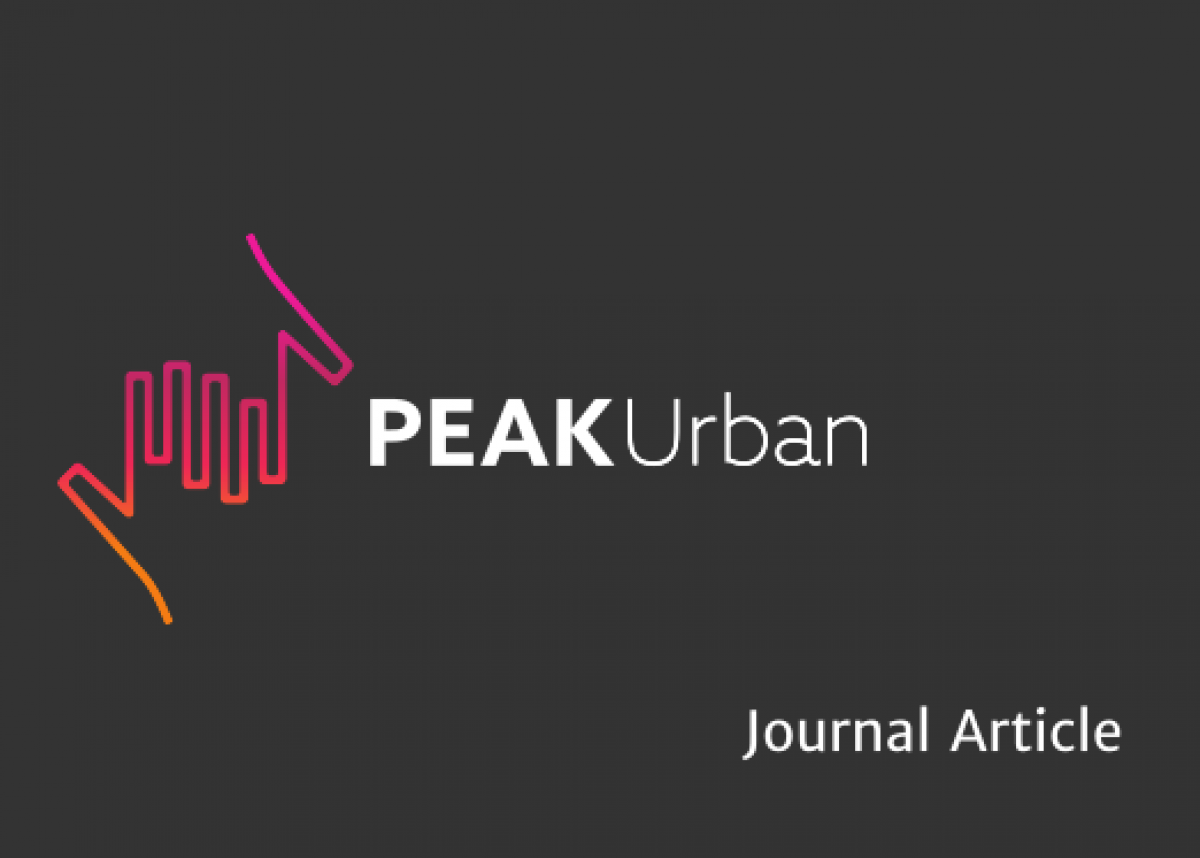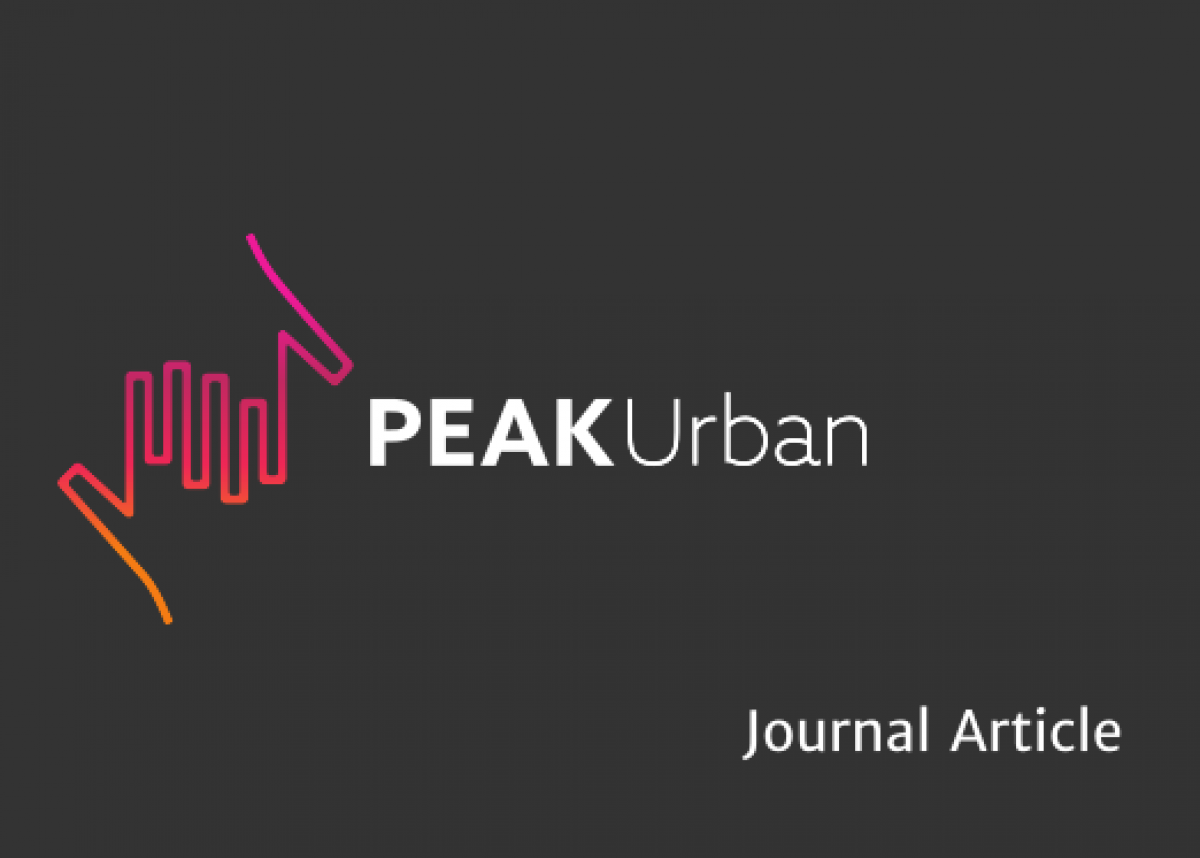
THE CHALLENGE
Over the last two decades, the Government of India has been emphasising large urban renewal and improvement projects that have focused primarily around urban infrastructure development. In the context of Bangalore, this has especially focused on road (such as limited access elevated road corridors, and flyovers) and rail (for example, the Bangalore Metro) construction. A more recent push has been towards the development of mega-infrastructure projects such as the linking of rivers, and plans to build urban regions through the creation of urban infrastructure corridors like the Delhi-Mumbai Industrial Corridor (DMIC).
Given this larger framework, this research looks at how these projects are planned, by whom, and for whom. We aim to study industrial infrastructure projects at two scales: the metropolitan/regional and the urban. At the metropolitan/regional scale, we will be examining the process of planning and development of the Chennai-Bangalore industrial corridor. This is juxtaposed with the gradual dismantling of large-scale manufacturing within Bangalore (preliminary analysis shows that over the last two plan periods, industrial land has gradually been converted to mostly residential and commercial land). We interrogate how this aligns with the larger regional push towards intensifying manufacturing and what this means for the regional/urban economy. This research stream will be closely developed with the work of the urban economy and deindustrialization.
OUR APPROACH
We study the development of industrial mega-infrastructure in the context of Bangalore’s transition to a largely service-sector economy. We examine questions of state rescaling, the role of non-state actors in the process of planning, and developing these projects, their policy implications and the historical trajectory that has led to this particular approach to infrastructure
This research aims to answer three questions in the context of the Bangalore Metropolitan Region:
-
How are megaprojects being planned, developed, and governed in the Indian context at the regional scale?
-
What is the impact of deindustrialisation on the urban form and land use in Indian cities?
-
How can the seemingly contradictory relationship between the process of gradual deindustrialisation at the city scale and the national/regional level push to revitalise and intensify manufacturing be reconciled?
We are also interested in understanding relationships between various stakeholders, especially the growing role of private sector players in urbanisation and development processes. Our research therefore involves raising questions about causes of contemporary phenomena, drawing on multiple sources of evidence, making it difficult to separate the specific set of events being studied (urban redevelopment and governance issues) from the larger context of political and economic change in India.
LATEST DEVELOPMENTS
Project work so far has focused on preliminary field visits to the three nodes on the Chennai Bangalore Industrial Corridor (CBIC), interviews with local officials and key current and retired planning officials in Bangalore, identification of spatial data around corridor alignment and development plans, and studying the gradual dismantling of industrial infrastructure within Bangalore’s city limits and the growing peripheralization of manufacturing industries.
Ongoing and future research will focus on a settlement-level study of Tumkur (70kms from Bangalore) and the implications that mega-infrastructure holds for its development. The emergence of Tumkur as a key site for this study is partly because it has been identified as a priority node on the CBIC within Karnataka.
Second, it offers the opportunity to study spatial, social, and economic transformations as it evolves from a primarily agrarian, rural community to an industrial urban settlement on the periphery of Bangalore.
At a broader level, the study will investigate mechanisms for financing, planning and governing of the CBIC between states and the state and national governments; spatial implications for the Bangalore Metro region and on already existing but incomplete trunk infrastructure projects; the emergence, evolution, and eventual dismantling of industrial infrastructure within the city and its relationship with the emergence of new ‘industrial settlements’ on the periphery.
Research material emerging from this study has been used as a teaching case at IIHS for the Urban Fellows Programme. Preparations for a teaching case for the Urban Practitioners Programme are also in progress.
People








